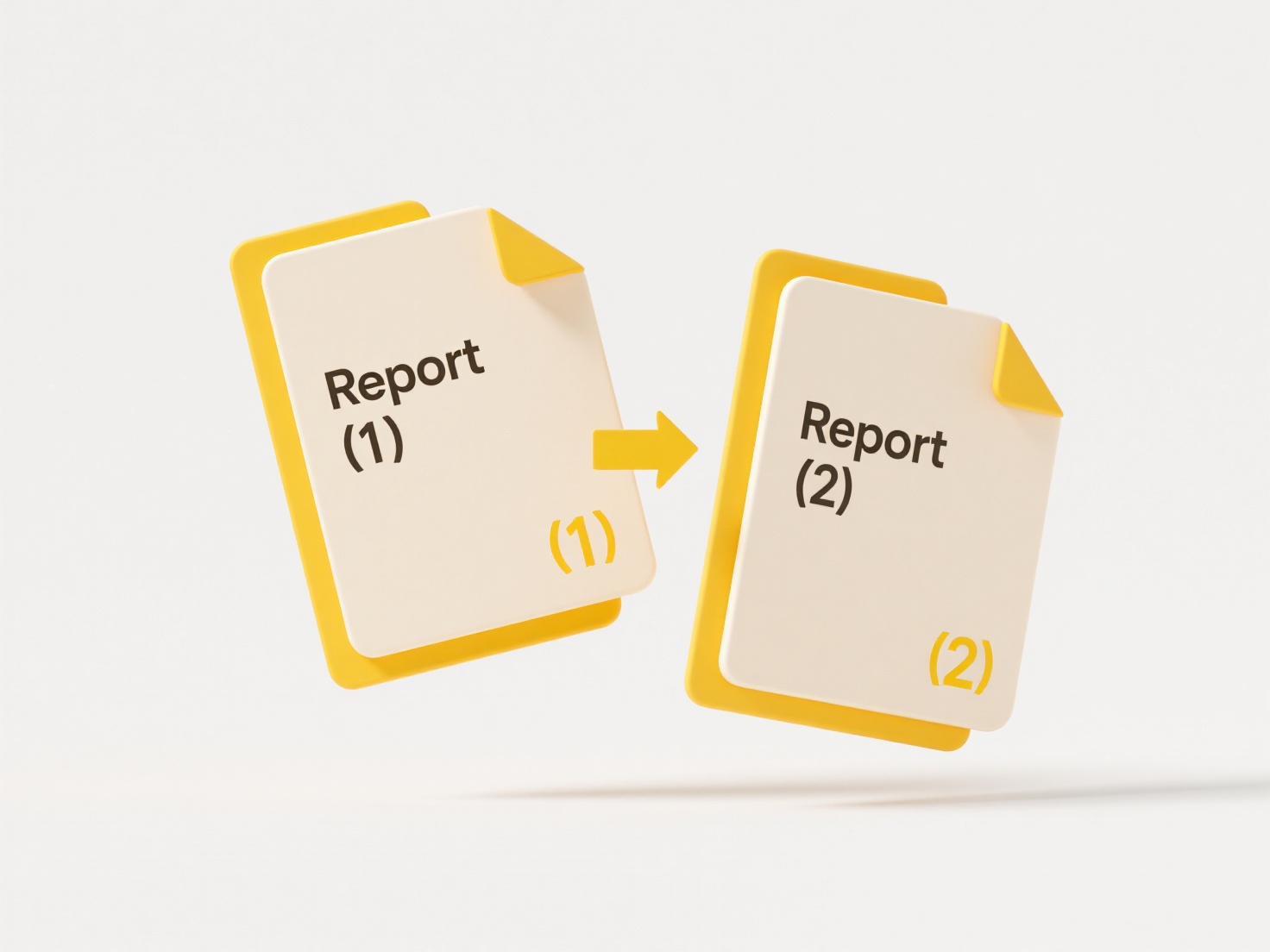
Creative asset management involves organizing, storing, and retrieving digital files like images, videos, logos, design files, and brand guidelines efficiently. It focuses on centralizing these assets using specialized systems (Digital Asset Management or DAM) or structured cloud storage, ensuring everyone uses current, approved versions. Unlike basic file storage, it emphasizes controlled access, detailed metadata (tags like project, date, creator), searchability, and maintaining brand consistency.
Common examples include marketing teams using DAM platforms like Bynder or Adobe Experience Manager to distribute approved campaign materials globally and track usage rights. Design and video production studios rely on systems like Frame.io to manage project files, enable collaborative review, and control versions, streamlining complex creative workflows.

Effective management offers significant advantages: reducing redundant work, ensuring brand compliance, accelerating project timelines, and safeguarding valuable intellectual property. Key challenges include initial setup complexity, cost of robust DAM solutions, and the need for consistent metadata tagging and governance policies. AI is emerging to automate tagging. Without good management, creative teams face frustrating bottlenecks and risk inconsistencies.
What’s the best way to manage creative assets?
Creative asset management involves organizing, storing, and retrieving digital files like images, videos, logos, design files, and brand guidelines efficiently. It focuses on centralizing these assets using specialized systems (Digital Asset Management or DAM) or structured cloud storage, ensuring everyone uses current, approved versions. Unlike basic file storage, it emphasizes controlled access, detailed metadata (tags like project, date, creator), searchability, and maintaining brand consistency.
Common examples include marketing teams using DAM platforms like Bynder or Adobe Experience Manager to distribute approved campaign materials globally and track usage rights. Design and video production studios rely on systems like Frame.io to manage project files, enable collaborative review, and control versions, streamlining complex creative workflows.

Effective management offers significant advantages: reducing redundant work, ensuring brand compliance, accelerating project timelines, and safeguarding valuable intellectual property. Key challenges include initial setup complexity, cost of robust DAM solutions, and the need for consistent metadata tagging and governance policies. AI is emerging to automate tagging. Without good management, creative teams face frustrating bottlenecks and risk inconsistencies.
Quick Article Links
What’s the best naming approach for time-sensitive files (e.g., deadlines)?
A standardized timestamp-first approach is best for naming time-sensitive files. Prefix the filename with the critical d...
How do I prevent shared file leaks or misuse?
Shared file leaks or misuse occur when sensitive information is unintentionally exposed to unauthorized parties or acces...
What’s the safest way to share documents with clients?
Secure document sharing involves transferring files with protections against unauthorized access or leaks. It differs fr...